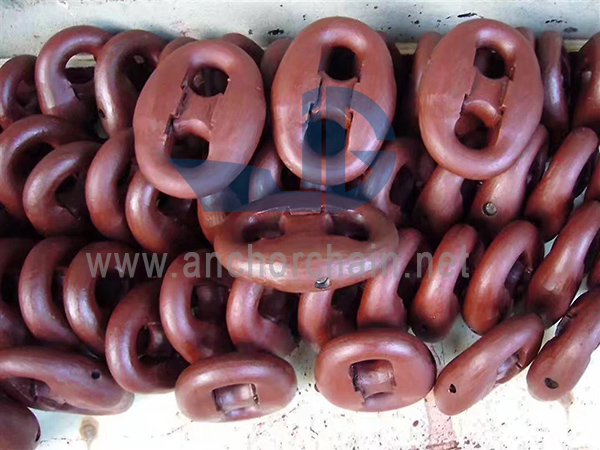Demystifying Connecting Link Kenters: Understanding Their Role in Chain Systems
2024-03-21
In the world of maritime operations, industrial machinery, and heavy lifting, the integrity of chains is paramount. These chains serve as the backbone of countless applications, from securing cargo on ships to lifting massive loads in construction projects. Amidst these crucial chains lies a component that often goes unnoticed but plays a critical role in maintaining the chain's strength and reliability - the Connecting Link Kenter.
Understanding the Connecting Link Kenter:
A Connecting Link Kenter, also known simply as a Kenter, is a specialized type of link used to connect two lengths of chain together. Its design is engineered to provide a secure and reliable connection, ensuring the overall strength and integrity of the chain system.
Primary Function:
The primary function of a Connecting Link Kenter is to join two lengths of chain with minimal loss of strength. This allows for the extension or repair of chains without compromising their load-bearing capabilities. Whether in marine applications, industrial settings, or heavy lifting operations, the Connecting Link Kenter serves as a vital link in the chain, quite literally.
Key Features and Components:
Connecting Link Kenters typically consist of several key components, including:
1. Main Body: This is the central part of the Kenter that connects the two lengths of chain.
2. Pins or Bolts: These are used to secure the connection by fastening the chain links in place.
3. Locking Mechanism: Some Connecting Link Kenters may feature a locking mechanism to ensure the pins or bolts remain securely in place, even under high loads or vibrations.
Applications:
Connecting Link Kenters find widespread use across various industries and applications, including:
- Maritime Industry: In maritime operations, Connecting Link Kenters are often employed to join anchor chains or mooring lines, ensuring the safe and secure anchoring of ships.
- Offshore Oil and Gas: In offshore oil and gas exploration and production, Connecting Link Kenters are utilized in mooring systems to anchor platforms and floating production facilities.
- Construction and Heavy Lifting: Connecting Link Kenters are integral components in lifting and rigging operations, where chains are used to hoist heavy loads or secure equipment.
Advantages:
The use of Connecting Link Kenters offers several advantages, including:
- Strength and Reliability: Connecting Link Kenters provide a strong and reliable connection between chain lengths, capable of withstanding high loads and harsh operating conditions.
- Ease of Installation: These links are designed for easy installation, allowing for quick and efficient chain assembly or repair.
- Versatility: Connecting Link Kenters are compatible with various types and sizes of chains, offering flexibility in application.
Conclusion:
In the intricate world of chain systems, the Connecting Link Kenter stands out as a vital component that ensures the strength, reliability, and safety of operations. From maritime endeavors to industrial undertakings, the role of the Connecting Link Kenter cannot be overstated. Its ability to securely join chain lengths while preserving their load-bearing capabilities makes it an indispensable asset across a wide range of industries and applications. Understanding the significance of Connecting Link Kenters sheds light on the intricate mechanisms that underpin the reliability and efficiency of chain systems worldwide.



